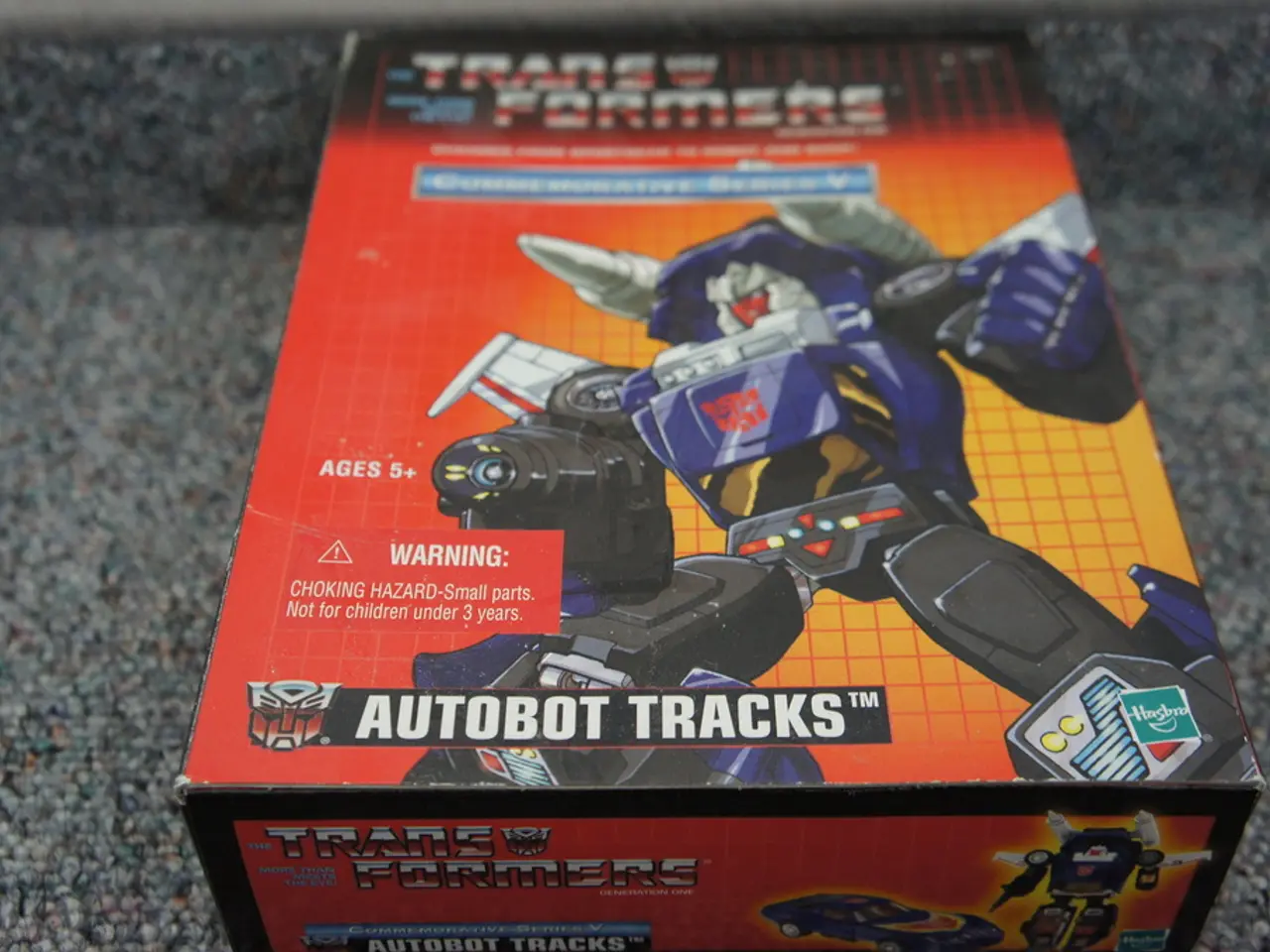Unethical Approach in Research and Development: Lack of Distinction between Testing and Production Phases
The practice of federal agencies classifying production-level AI tools as "research and development" (R&D) to bypass procurement requirements is causing concern within the government sector. This mislabeling undermines transparency, fairness, and accountability in acquisitions, depriving the government of access to potentially superior solutions available in the commercial market, and risks compromising the integrity of federal procurement procedures.
This approach, while seemingly designed to accelerate innovation, has significant negative consequences. For instance, it leads to a lack of competition, as agencies avoid competitive bidding, reducing market options and potentially increasing costs and inefficiencies. Reduced transparency and accountability also result, as procurement oversight weakens, making it harder to ensure proper use of taxpayer funds.
Moreover, without market competition, agencies may miss out on state-of-the-art or better-performing solutions developed outside government. This is a concern that contrasts with broader federal efforts, such as the recent AI Action Plan, which aims to balance innovation acceleration with regulatory reforms that do not hamper competition but also emphasize accountability, deregulation, and procurement guidelines to ensure AI tools meet specific principles like neutrality and fairness.
The misuse of R&D labels is also a threat to the effectiveness, efficiency, and accountability of federal AI programs. For example, the Air Force Research Laboratory's chatbot, NIPRGPT, was scaled for operational use despite being labeled as an R&D effort. The Army has since banned NIPRGPT due to its urgency to deploy not yielding the most effective or secure solution. The cost of NIPRGPT was more than five times the price of commercial off-the-shelf solutions, yet delivered fewer features and lagged two years behind the capabilities of commercial alternatives.
The government must prioritize solutions that deliver real value to taxpayers and warfighters alike. Instead of building inferior in-house tools, agencies should focus on augmenting existing platforms to meet their unique needs. The lack of clear definitions and standards for what constitutes R&D versus production is a problem that needs addressing.
FAR Part 12 requires agencies to prioritize COTS solutions over custom builds. Executive orders reinforce this mandate, emphasizing the importance of leveraging private-sector innovation to drive government modernization. Operating in this gray zone allows agencies to avoid scrutiny, bypass acquisition rules, and sidestep competition with commercial vendors.
If a tool is onboarding users, influencing operations, and consuming taxpayer dollars, it's production and should be subject to the same rules and oversight as any other production system. The rollout of custom-built chatbots and analytics platforms is a common example of this practice. Many of these AI tools, while labeled as experiments, are being scaled and treated like production systems.
Agencies should be required to revalidate their R&D designations at regular intervals to ensure that tools labeled as experimental are truly being used for experimentation and not scaled like production systems. This would help maintain a level playing field, promote competition, and ensure that the government is making the most effective and efficient use of taxpayer dollars.
By prioritizing collaboration with AI vendors and adhering to procurement guidelines, federal agencies can deliver immediate value, reduce costs, ensure compliance with security and acquisition standards, and foster public-private collaboration. This approach would also help safeguard national security by strengthening the Defense Industrial Base and encouraging innovation among commercial innovators.
The federal workforce needs to reimagine its approach towards AI tools, as the misuse of R&D labels is hindering the government's ability to access superior technology solutions from the commercial market. The workforce must focus on leveraging technology, such as artificial-intelligence, by adhering to procurement guidelines, to deliver immediate value, reduce costs, and improve accountability.




